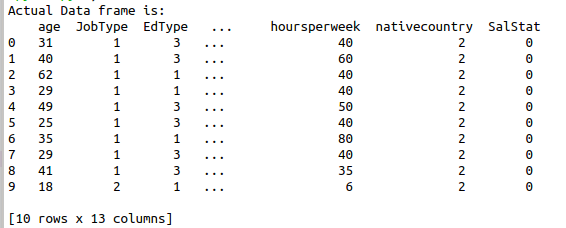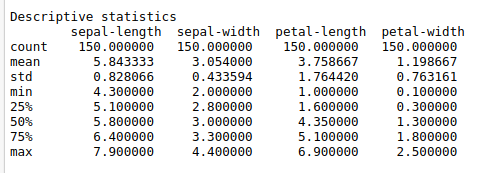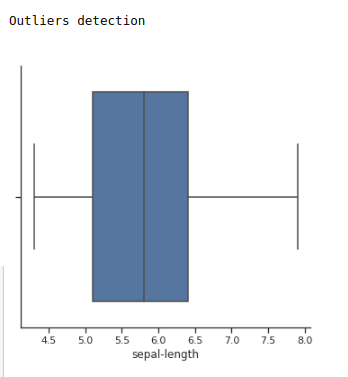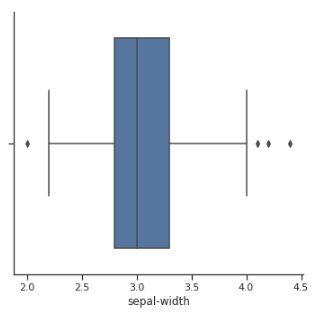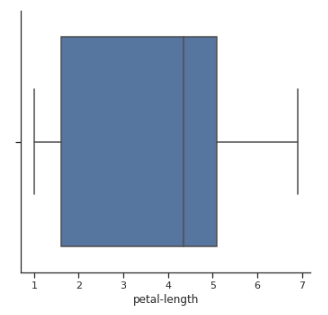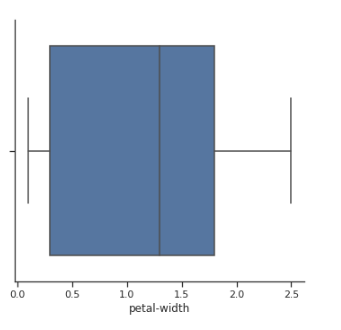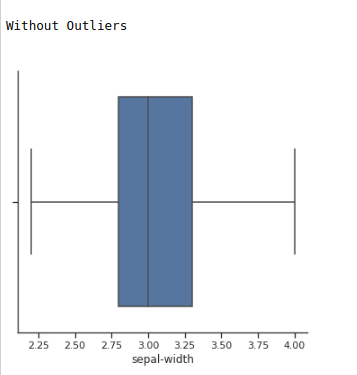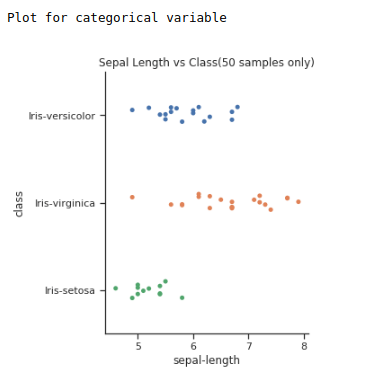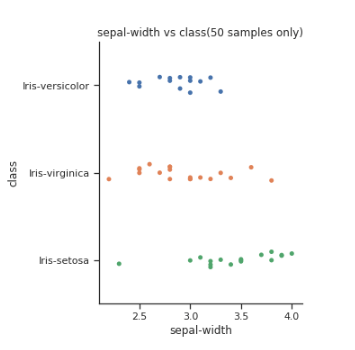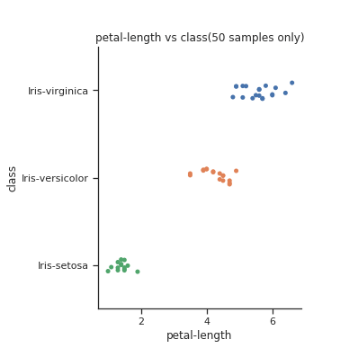To predict individuals income using Logistic Regression in python.
Get the data set(population).
Clean the data.(population).
Find and fill the missing values(population).
Check outliers(for dependent variables).
After fill missing values take random sample from the population.
Write the sample data into a CSV file (Easy to handle).
Read the sample data from CSV file.
Make it as a data frame.
Check if there is any missing values.
Calculate basic descriptive statistic for sample data.
Check correlation of whole data frame.
Take the variables which has the highly correlated with y(target) variable.
Correlation range must lies in between -1 to 1.
Take X variables and y variable.
Split X and y into train and test data sat.
Import logistic regression from sklearn library.
Build the regression model.
Fit the X_train and y_train data in to the model.
Make predictions.
Calculate the coefficients, intercept, confusion matrix by using sklearn.
metrics library.
Based on the confusion matrix we can calculate the accuracy,specificity and sensitivity also.
#import libraries
import pandas as pd
from sklearn.model_selection import train_test_split
from sklearn.linear_model import LogisticRegression
from sklearn import metrics
from sklearn.metrics import classification_report
import numpy as np
import matplotlib.pyplot as plt
import seaborn as sns
#Take sample from population
#read the data sample
data=pd.read_csv(‘/home/soft23/soft23/
Sathish/Spyder workings/sample.csv’)
df=pd.DataFrame(data)
print(“Actual Data frame is:\n”,df.head(10))
#checking missing values
print(“Checking missing values in the sample”)
print(df.isnull().sum())
print(“\n”)
print(“Descriptive statistics”)
print(df.describe())
print(“\n”)
print(“Correlation is”)
print(df.corr(method=’pearson’))
#Depends upon the correlation choose X variable
X=df[[‘hoursperweek’,’relationship’,’EdType’]]
#Fix the target variable
y=(df[‘SalStat’])
#Split the data into train and test data
X_train, X_test, y_train, y_test = train_test_split(X, y, test_size=0.25, random_state=0)
print(“Shape of train data of X\n”,X_train.shape)
print(“Shape of train data of y\n”,y_train.shape)
#build the model
logmodel = LogisticRegression()
result=logmodel.fit(X_train,y_train)
#predictions
y_pred = logmodel.predict(X_test)
df1=pd.DataFrame({‘Actual’:y_test, ‘Predicted’: y_pred})
print(df1)
#regression c-efficients and intercept
print(“Regression intercept is”,logmodel.intercept_)
print(“Regression coefficient is”,logmodel.coef_)
#classification report
print(classification_report(y_test,y_pred))
cm = metrics.confusion_matrix(y_test, y_pred)
print(“The confusion matrix is:\n”,cm)
#finding score of the model
print(“Model score”)
score=result.score(X_train,y_train)
print(score)
print(“Accuracy:”,metrics.accuracy_score
(y_test, y_pred))
print(“Precision:”,metrics.precision_score
(y_test, y_pred))
print(“Recall:”,metrics.recall_score(y_test, y_pred))
class_names=[0,1]
fig, ax = plt.subplots()
tick_marks = np.arange(len(class_names))
plt.xticks(tick_marks,class_names)
plt.yticks(tick_marks,class_names)
# create heatmap
sns.heatmap(pd.DataFrame(cm), annot=True, cmap=”YlGnBu” ,fmt=’g’)
ax.xaxis.set_label_position(“top”)
plt.tight_layout()
plt.title(‘Confusion matrix’)
plt.ylabel(‘Actual label’)
plt.xlabel(‘Predicted label’)
